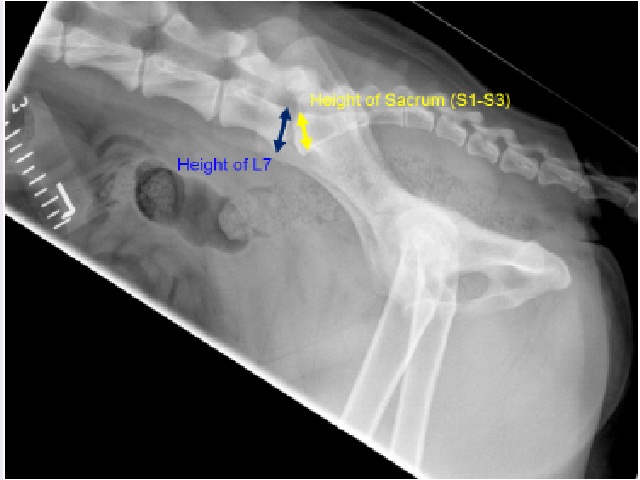Lumbosacral Biometrics and its Relevance to Patient-Specific Evaluation of Bone Mechanical Strength in Some Canine Breeds
DOI:
https://doi.org/10.5530/bems.5.1.2Keywords:
Bone strength, Diagnostic imaging, Canine bone injuriesAbstract
Lumbosacral problems are commonly encountered in canine practice. However, breed specific biometric data of the lumbosacral vertebrae are lacking. Such biometric data may be useful to assess the predisposition of an individual animal or breed to lumbosacral defects, or in the events of such defects may help select an optimal surgical correction strategy. This study used digital radiographs and dissections of cadavers to develop the following biometric parameters of lumbar vertebra 7 and the sacrum: Area-Mean Grey Value Ratio (AMR) and Height-Length Ratio (HLR). The AMR and HLR values were compared between the following four canine breed categories i.e., Working Breeds (WB), Large Breeds (LB), Giant Breeds (GB) and Cross Breeds (CB). Additionally, we compared the AMR and HLR values between 10 different dog breeds. We observed significant differences in the AMR and HLR values between the various dog breeds as well as the HLR values within the canine breed categories. We consider that the differences observed in the AMR and HLR values warrant exploring the feasibility of including these biometric measurements into digital imaging systems to enhance understanding of the mechanical features of bone.

Downloads
Published
Versions
- 2019-07-01 (2)
- 2019-01-20 (1)









